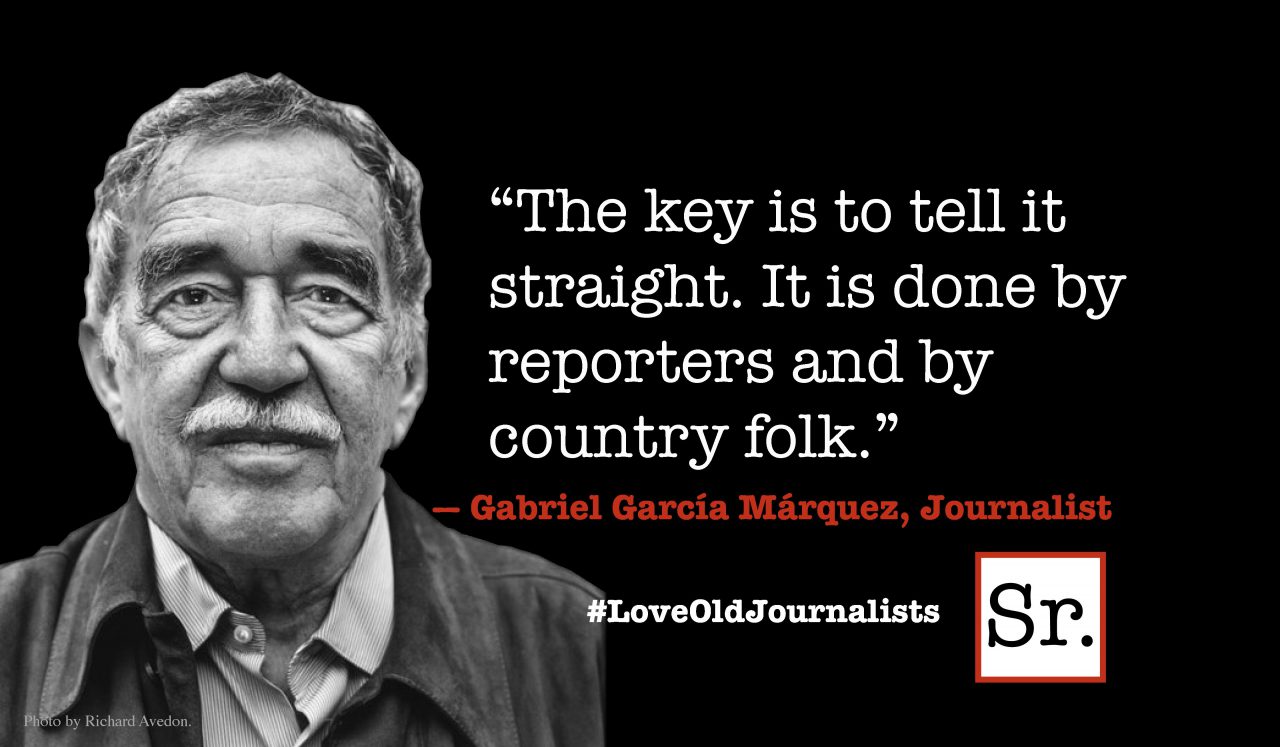Every now and then I get a note from someone wondering why I, a pastor and theological teacher, do not say more in my columns about religion. I have usually responded by insisting that almost everything I write flows from my Christian faith.
The sort of a world for which I plead is the just, peaceful world Jesus imaged as reflecting the will of God. But I do not use religious language. Instead I try to be bilingual, and translate the same deep concerns into what I call “secularese.” For some it is clear, but for others it may be muddy and obscure.
But this is my last column prior to Christmas, and not to pay attention to the beautiful story which surrounds that celebration would be dishonest. It is, however, a story, not history. Little of it is probably literally true — at least on the surface. Its truth lies at a much deeper level than simply a recitation of events.
The account of a virgin who gives birth in a stable under a miraculous star and is visited by angels, shepherds and wise men may just be the ship that holds the treasure. The problem is that it is all too easy to think the story is the treasure when it may just be the vehicle that delivers it. So what is the treasure — the cargo — to which the marvelous story points?
It is the powerful reminder that history is not neutral, and that the God of history is always at work luring us to discover that nobility lies in visioning what the world might look like if it were truly a reflection of God. So hearing the story we are again invited to continue a quest for life’s meaning and purpose.
Many Christians see the record of these events as a testimony that the omnipotent never-changing God miraculously came to us as the manger child. Others of us find in the story the reality of the God who is a companion on the journey, always at work in the structure of real events. Emmanuel means “God with us.” The child in the manger and the marvelous things that the story tells us surrounding his birth may be the world’s finest testimony that there is purpose in living, in the journey of the world, and our personal journeys — indeed in the sanctity of all of life. WE ARE NOT ALONE!
The core of the story is lived out in acts of compassion, and the love that knows no bounds. It takes to its heart all those who feel left out, isolated and unloved. For many the story — the vessel — is all they hear and can ever hear. And that is beautiful in itself. But now and then, here and there, listening ears hear what is underneath the story. They may go to some church Christmas Eve, and realize that in spite all the horror, pain and ugliness of life there is hope and meaning, because God journies with us, no matter what. And sensing the reality of the truth the story offers, they may decide to be part of God’s work of luring the whole world to what is continually the good, the right, the pure and the loving.
And when that happens they just might find ways in their lives to say, with Tiny Tim, “God bless us, every one.”









